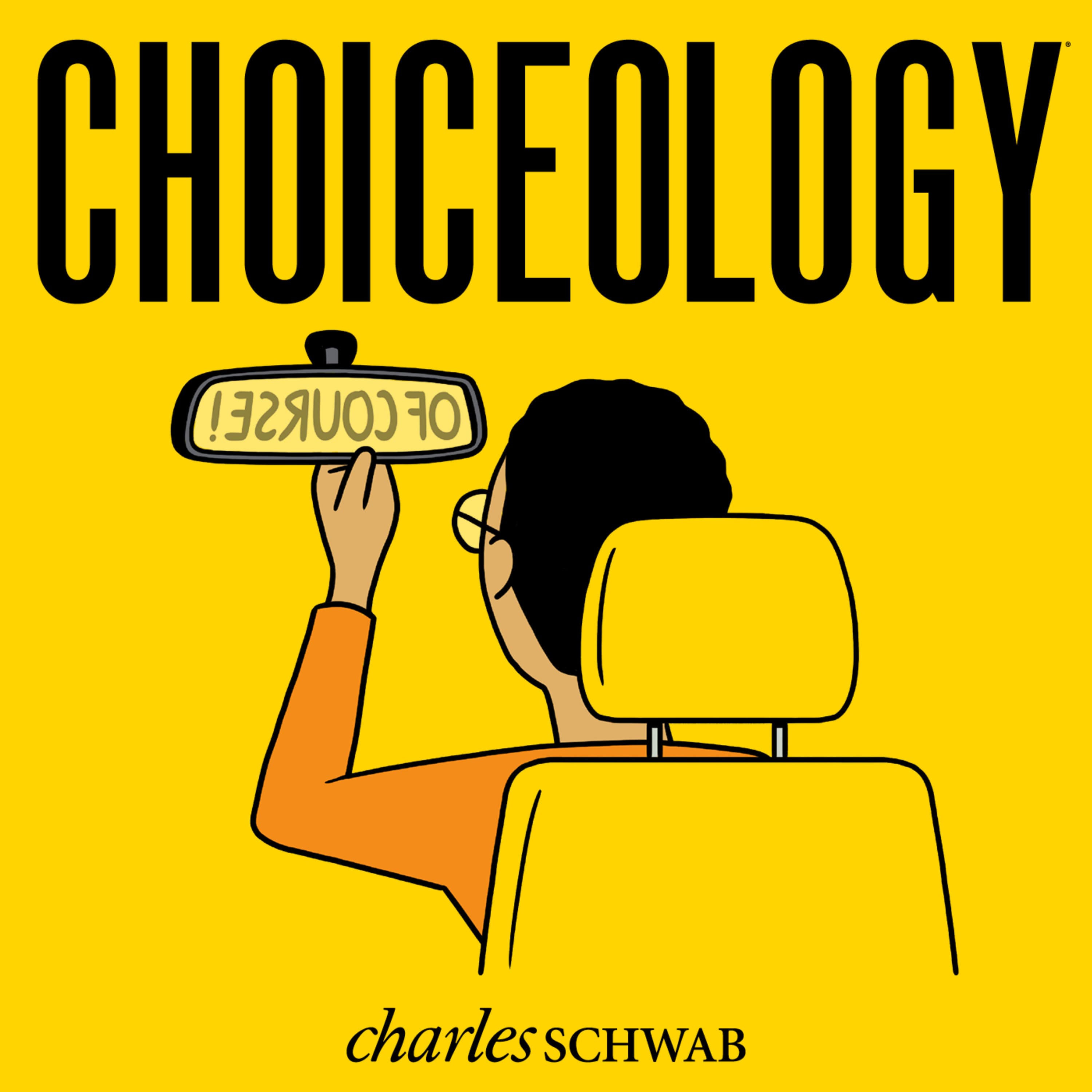Knew It All Along: With Guests Kathleen Vohs, Douglas Porch & Julian Jackson
Think about a time when something happened that just seemed meant to be. Maybe you had a feeling that your child would get into a certain college. Perhaps you just knew that your partner would forget to pack something important for your vacation. The question is, did you really know it along?
In this episode of Choiceology with Katy Milkman, we explore a tendency to be overconfident in our predictions about events that have already come to pass.
- We begin with the story of the fall of France. In the early days of World War II, the French surrendered a mere six weeks after the German invasion. How did one of the great European powers fall so quickly? Shortly after the end of hostilities in France, historians began to construct a narrative to explain this rapid defeat. That narrative focused on unflattering perceptions of French society and culture at the time. Historian Julian Jackson of Queen Mary University of London explains the origins of this line of thinking.
- Then we hear from military historian and Distinguished Professor Emeritus Douglas Porch of the Naval Postgraduate School about the Mechelen Incident—an event leading up to the German invasion that could have easily altered the trajectory of the war.
- Next, we conduct an audio experiment to demonstrate this tendency to revise our own predictions. Along with our participants, you'll hear a distorted audio clip and then the undistorted version. As you listen to the experiment, try to remember what it was like to be naive about the content of the clip. It's not easy!
- Kathleen Vohs of the Carlson School of Management at the University of Minnesota joins Katy to discuss the broader implications of this bias on how we make important decisions.
- Finally, Katy provides some simple strategies to help you avoid falling prey to this bias.
Choiceology is an original podcast from Charles Schwab.
If you enjoy the show, please leave a rating or review on Apple Podcasts.
Learn more about behavioral finance.
All expressions of opinion are subject to change without notice in reaction to shifting market conditions.
The comments, views, and opinions expressed in the presentation are those of the speakers and do not necessarily represent the views of Charles Schwab.
Data contained herein from third-party providers is obtained from what are considered reliable sources. However, its accuracy, completeness, or reliability cannot be guaranteed.
The Schwab Center for Financial Research is a division of Charles Schwab & Co., Inc.
Apple Podcasts and the Apple logo are trademarks of Apple Inc., registered in the U.S. and other countries.
Google Podcasts and the Google Podcasts logo are trademarks of Google LLC.
Spotify and the Spotify logo are registered trademarks of Spotify AB.



